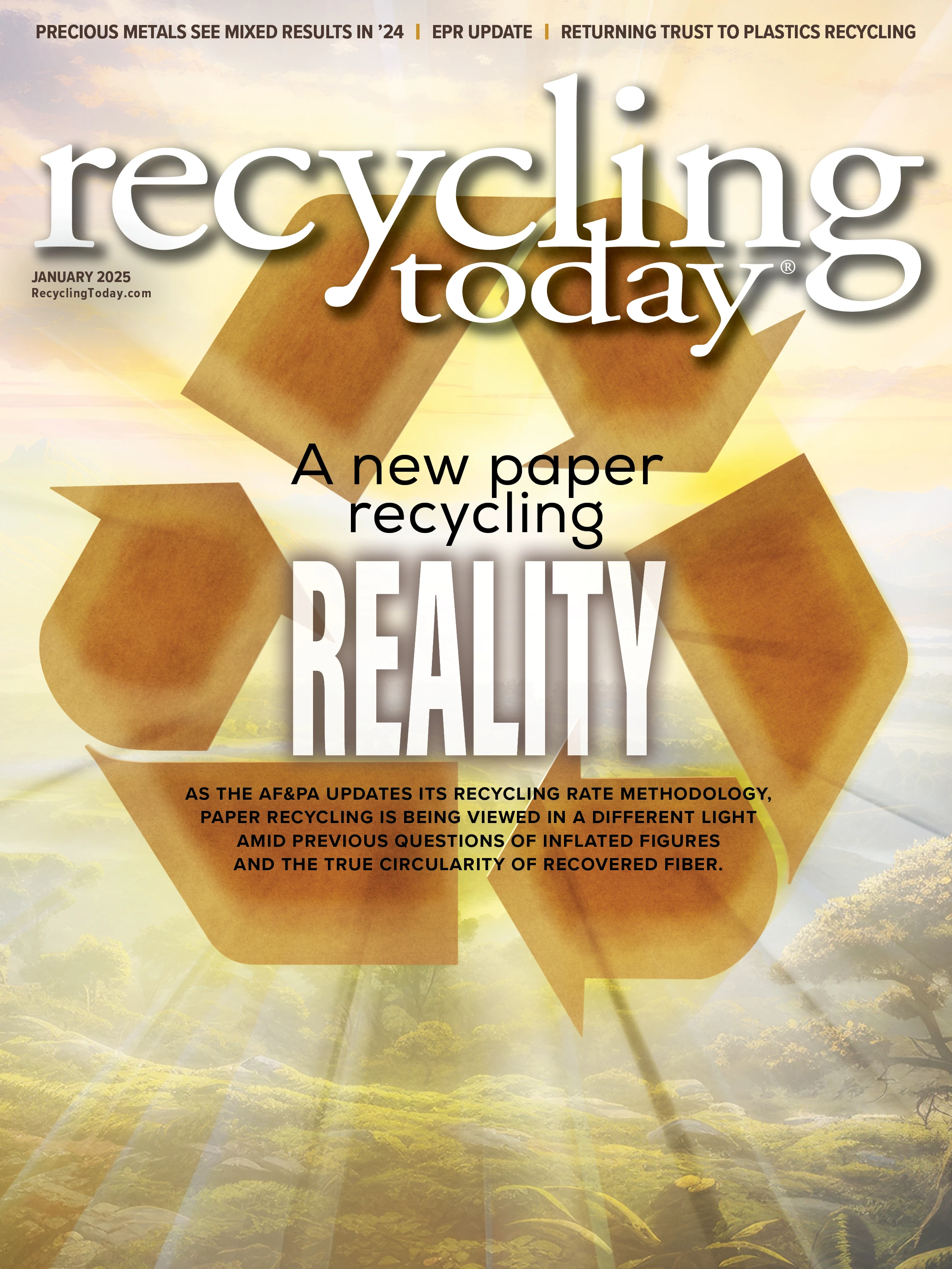Recycled content is playing a larger role in aluminum production, particularly in the U.S. where many new capacity investments have been announced. Some of these investments include closed-loop production scrap arrangements, but all target postconsumer scrap based on its added carbon-reduction benefits.
“Once all these new or expanded casting projects are in full production, they will need an additional 2-3 million tons of recycled aluminum inputs,” says Chad Kripke, president of aluminum brokerage firm Kripke Enterprises Inc., Toledo, Ohio. “They will face stiff competition for units as the global demand for recycled inputs has only grown larger amid relaxed regulation from China on imported aluminum scrap.”
Aluminum producers’ efforts to establish closed-loop arrangements with customers “will pose a continued threat to scrap processors,” he says.
The quest to secure scrap for these operations leaves Kripke concerned about the incentive it gives to reshape the supply chain.
“I am concerned that tightness in supply will push scrap spreads to unprofitable levels for participants in all levels of the value chain.” – Chad Kripke of Kripke Enterprises Inc.
“I am concerned that tightness in supply will push scrap spreads to unprofitable levels for participants in all levels of the value chain,” he says.
Kripke characterizes the aluminum sector as having taken a “wild ride” in 2024.
“We have seen quite a bit of price volatility and varying levels of supply and demand across the aluminum space,” he says. “Aluminum’s usage in manufacturing and building/construction has increased to a level that these sectors’ performance or lack thereof affects the market to a large degree.”
The aluminum billet market, in particular, felt the effects of decreased demand from the building sector.
“Extrusion alloy scrap saw some tightness toward the beginning of 2024 but softened as the year went on as billet demand receded,” Kripke says.

Duncan Pitchford, the Richmond, Virginia-based president of Hydro Aluminum Metals USA, says, “We’ve had two consecutive years of soft extrusion market, and that has impacted scrap availability.”
While some end markets for extrusions were challenged over the last year and a half, Pitchford says that was the effect of interest rates and not demand cyclicality.
“Most things you buy that contain aluminum extrusions you finance,” he says, citing cars, homes and boats as examples. Therefore, the high-interest-rate environment has had an “outsized effect on extrusion demand.”
The two interest rate cuts in late September 2024 and the likelihood of others will lead to increased demand in the building and construction market, Pitchford predicts.
Kripke says destocking in 2023 positioned common alloy aluminum distributors well heading into 2024.
And the sentiment that interest rates “will continue to fall into 2025 gives a greater sense of optimism towards stocking inventory,” he says.

Explore the January 2025 Issue
Check out more from this issue and find your next story to read.
Latest from Recycling Today
- Orion ramping up Rocky Mountain Steel rail line
- Proposed bill would provide ‘regulatory clarity’ for chemical recycling
- Alberta Ag-Plastic pilot program continues, expands with renewed funding
- ReMA urges open intra-North American scrap trade
- Axium awarded by regional organization
- Update: China to introduce steel export quotas
- Thyssenkrupp idles capacity in Europe
- Phoenix Technologies closes Ohio rPET facility





